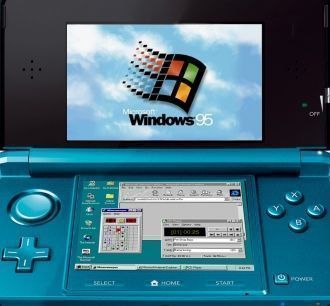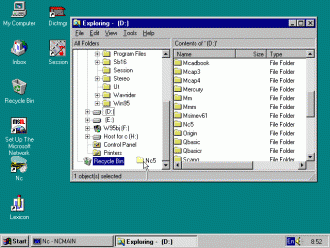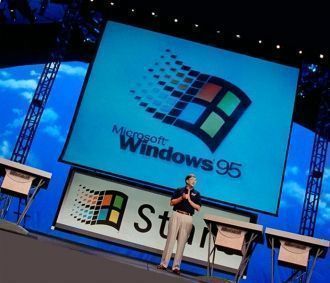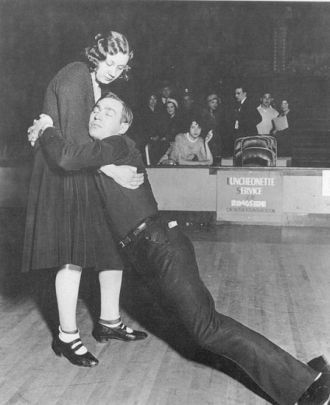USA
On August 24, 1995, Microsoft releases Windows 95, selling a record-setting 7 million copies in the first five weeks. It’s the most publicized launch Microsoft has ever taken on. Television commercials feature the Rolling Stones singing "Start Me Up" over images of the new Start button. The press release simply begins: “It’s here.”
This is the era of fax/modems, email, the new online world, and dazzling multimedia games and educational software. Windows 95 has built-in Internet support, dial-up networking, and new Plug and Play capabilities that make it easy to install hardware and software. The 32-bit operating system also offers enhanced multimedia capabilities, more powerful features for mobile computing, and integrated networking.
At the time of the Windows 95 release, the previous Windows and MS–DOS operating systems are running on about 80 percent of the world’s PCs. Windows 95 is the upgrade to these operating systems. To run Windows 95, you need a PC with a 386DX or higher processor (486 recommended) and at least 4 MB of RAM (8 MB of RAM recommended). Upgrade versions are available for both floppy disk and CD-ROM formats. It’s available in 12 languages.
Windows 95 features the first appearance of the Start menu, taskbar, and minimize, maximize, and close buttons on each window.
Catching the Internet wave
In the early 1990s, tech insiders are talking about the Internet—a network of networks that has the power to connect computers all over the world. In 1995, Bill Gates delivers a memo titled “ The Internet Tidal Wave,” and declares the Internet as “the most important development since the advent of the PC.”
In the summer of 1995, the first version of Internet Explorer is released. The browser joins those already vying for space on the World Wide Web.
Geek trivia: In 1996, Microsoft releases Flight Simulator for Windows 95—the first time in its 14-year history that it’s available for Windows.
Источник - http://windows.microsoft.com/en-us/windows/history#T1=era4



 USA,
USA, 










